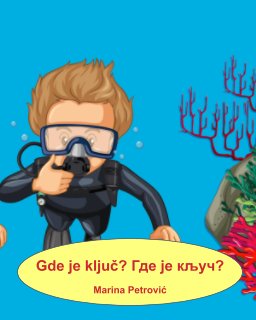The Plural form in Serbian can be tricky. That's why I'd like to start with really easy Singular - Plural pairs for you to enjoy learning it :D
More examples:
Animals
Delfin - Delfini
More examples:
Animals
- pingvin - pingvini (penguins)
- konj - konji (horses)
- jelen - jeleni (deer)
Buildings
- muzej - muzeji (museums)
- neboder - neboderi (skyscrapers)
- stadion - stadioni (stadiums)

.png)













